Christmas at the BBVA Collection
Ever since the early Middle Ages, Christmas festivities have inspired works from painters and sculptors, depicting the scenes of worship by the Three Wise Men and shepherds, the Virgin Mary with the Child or the Holy Family. This photo gallery offers a glimpse at some of the Christmas-themed works in the BBVA Collection, unveiling some of the secrets that hide behind these paints by Valerio Castello, Luis Vélez, Juan de Soreda, Valentin de Boulogne y Bartolomé Esteban Murillo.
You can see more of the master works that populate the BBVA Collection by visiting its website.
-
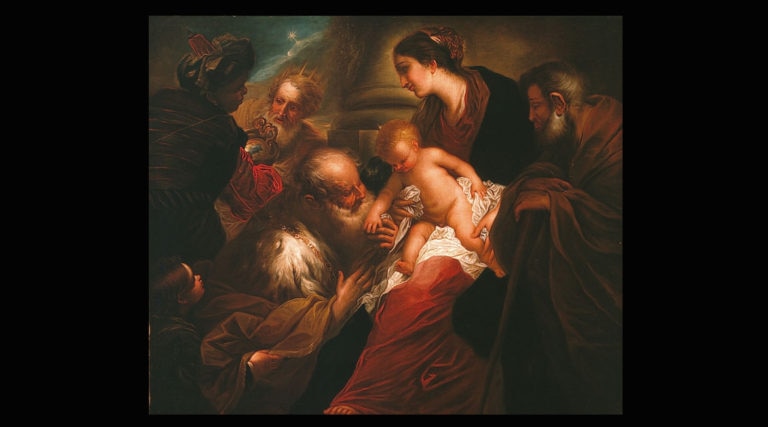 1
1Adoration of the Magi. Valerio Castello (second half of the 17th Century)
One of the most striking features of this painting by Valerio Castello, baroque master of the Italian school, is the golden atmosphere that impregnates the work, a reflection of Anton Van Dyck’s influence. The contorted and nervous shapes of the strokes, Virgin Mary’s elongated neck, shows the author’s admiration for Antonio da Correggio, another master of the baroque painting.
-
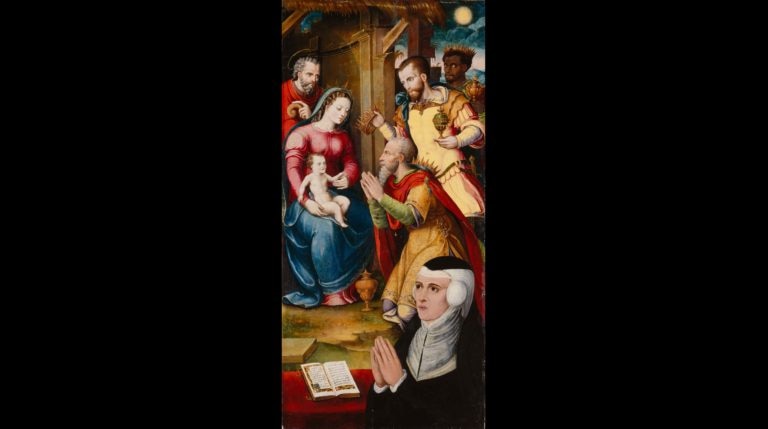 2
2Adoration of the Magi. Luis Vélez (1559-1560)
This piece, which depicts the visit that the Three Wise Men paid Baby Jesus, was originally part of an altarpiece that was dismembered. The woman praying is the wife of the donor, María López de Mercado. Her hair is covered by a peculiar headdress – la cofia de papos- which became popular as women used it to cover their heads.
-
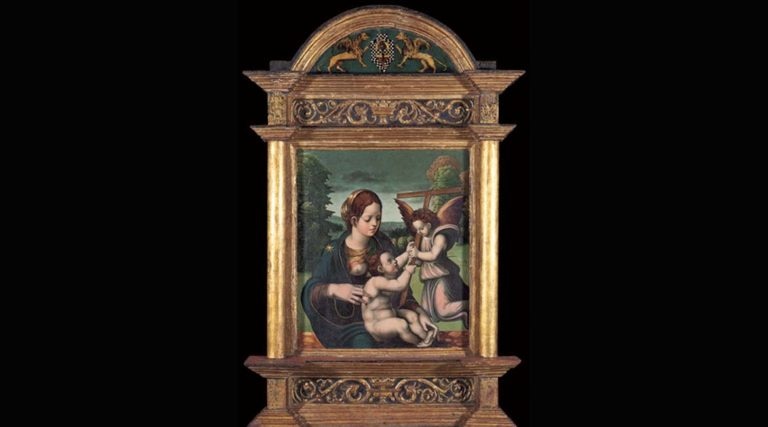 3
3The Virgin and Child Jesus with Angel. Juan de Soreda (1530)
In this painting, the Virgin's delicate features and slender fingers contrast with the Baby’s muscular nakedness, reminiscent of Michelangelo’s works, two characteristic signs of Juan de Soreda’s works, one of the first artists in Spain to adopt the shapes and subjects of the Italian renaissance. The thorough and detailed landscape bears witness to this influence.
-
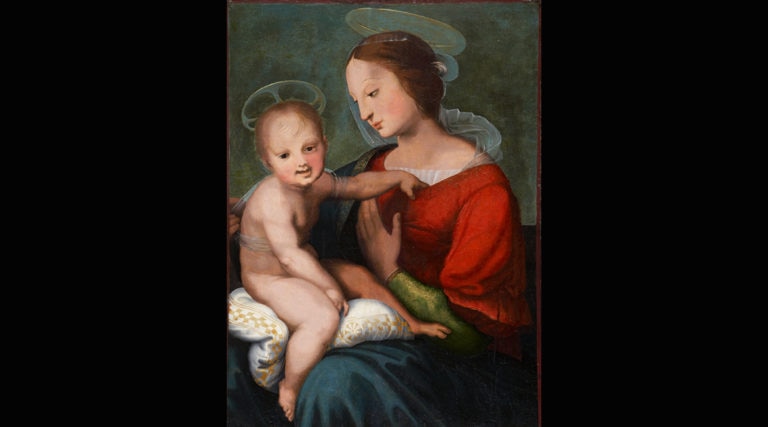 4
4Madonna with Child. Anonymous Italian (1508)
This colorful Madonna is a good example of the pictorial Florence current of the early 16th century, with the movement of the white veil and the baby’s posture.
-
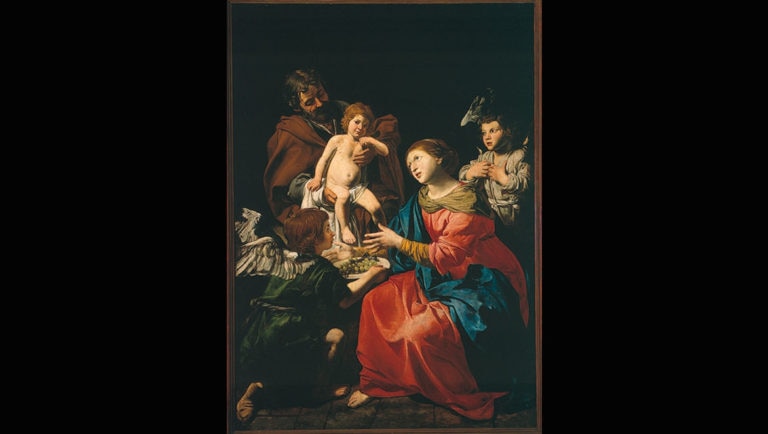 5
5Holy Family. Valentin de Boulogne (ca.1620)
The main feature of this well-known family work is the natural appearance of the people depicted. There are no shining halos on their heads, and the viewer feels this scene is real, a moment frozen in time.
-
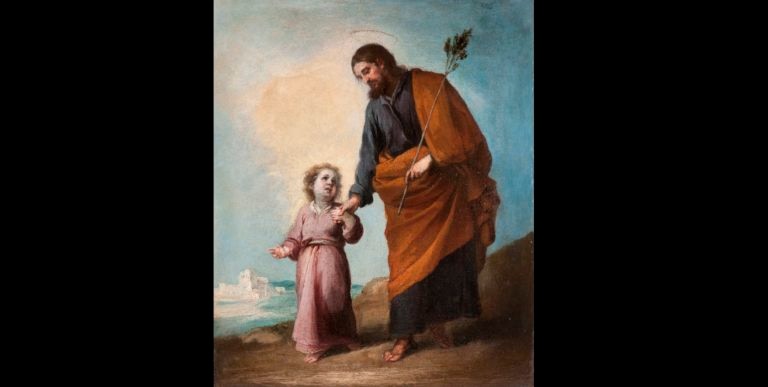 6
6St Joseph with the Child Jesus. Bartolomé Esteban Murillo (ca. 1650-1660)
This tender image -"showing the luminosity and delicacy of Murillo's work"- is heavily charged with symbols. Joseph's beard represents his wisdom and maturity. The ochre robe symbolizes the humility and poverty of his life, while the purple tunic conjures up a life of sacrifice and austerity. The rod he holds, a lily stalk, depicts his victory over the Virgin's other admirers.